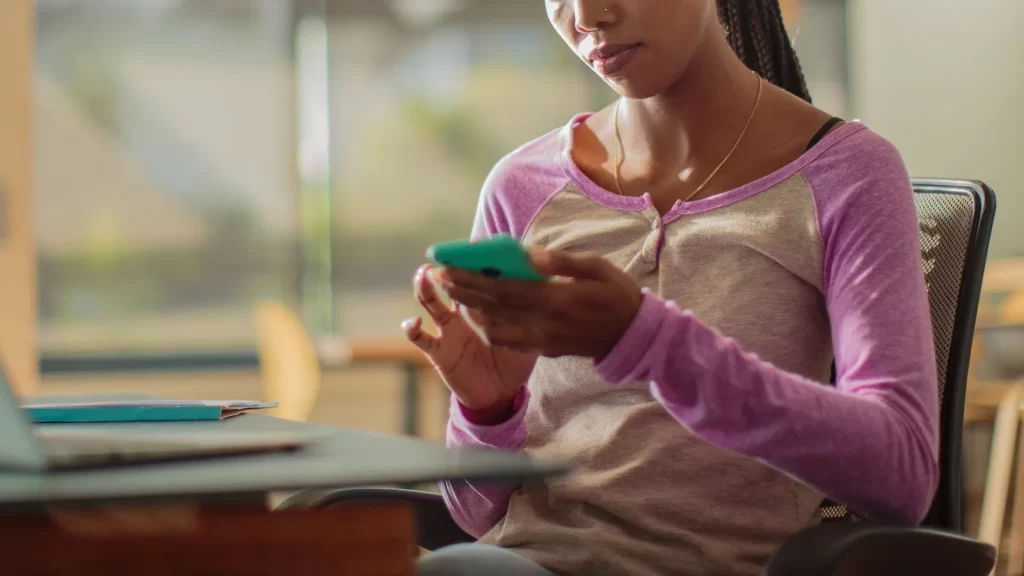A study from the London School of Economics, published in Frontiers in Computer Science, examined how phone proximity impacts focus and digital behavior.
Study Overview
Participants worked two five-hour days on laptops in a video-recorded room. On one day, their phone was beside them; on the other, it was placed five feet away. They were allowed to use their phones freely.
Findings:
- When phones were close by, participants used them 14 minutes more per day on average and reached for them nearly three times as often.
- Despite this, total time spent on work and leisure activities remained the same regardless of phone proximity.
- When phones were not accessible, participants shifted to digital distractions on their laptops (e.g., apps, news, shopping).
Participants underestimated their smartphone usage when the phone was nearby, guessing it was roughly the same as when it was further away.
Earlier research using wearable cameras found that 9 out of 10 phone interactions were initiated by habit rather than notifications.
Digital Behavior and Attention Span
- In 2004, the average screen attention span was about 2.5 minutes.
- Today, it is approximately 47 seconds, according to Gloria Mark, PhD, University of California, Irvine.
Health Effects of Digital Distraction
- Constant switching between digital tasks drains mental energy and increases stress.
- Excessive screen time, especially at night, is linked to reduced sleep quality.
- Sleep disruption can impact exercise, energy levels, and dietary habits.
- Mindless phone use can cause overeating or undereating due to distraction.
Psychological Impact

- Shortened attention spans may negatively affect mental health, especially in children and teens.
- Feelings of guilt and self-criticism can arise from excessive and unconscious phone use.
Alternatives and Behavioral Techniques
- Simply removing the phone may not reduce distraction if other digital sources are used instead.
- Researchers suggest digital literacy education to promote healthier attention habits.
- Strategies include:
- Taking one long break (20+ minutes) during the day to restore focus.
- Identifying triggers like boredom or fatigue before device use.
- Exploring alternative activities (e.g., walking, puzzles, calling someone).
- Practicing mindful awareness of device usage in the moment.
Collaborative Attention Practices
- Some researchers recommend creating group-based “attention sanctuaries” by setting shared tech boundaries (e.g., airplane mode, screen-free dinners).
Also Read : How to Think and Act in the Current Plummeting Stock Market



